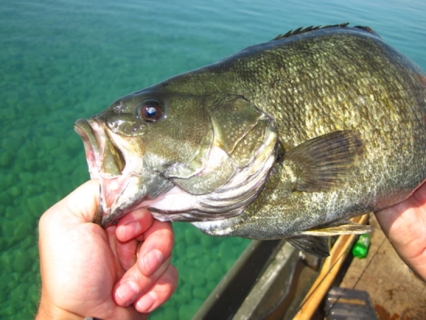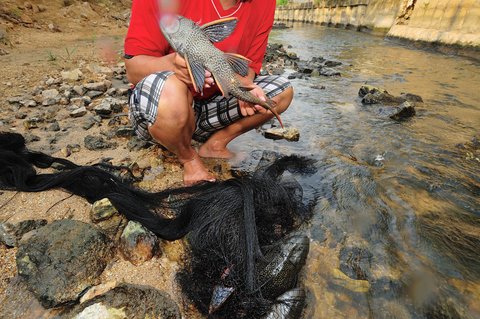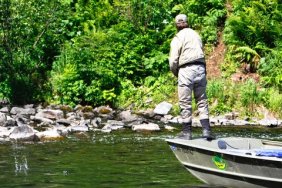Spring opens the door to one of the more unique and fun fishing opportunities during the year, which is the sucker fishing during the spring spawn run.
Suckers, for the uninitiated, are bottom feeding fish native to much of North America. During the spring they make their annual spawning run into creeks and streams, providing an exceptional opportunity for anglers.
What makes sucker fishing fun? During their spawning migration, suckers are heavily congregated, making them easy to locate and catch. They are strong fish and put up a fight, which is on par with most popular game fish. A big sucker will definitely put your angling skills to the test.
Sucker fishing does not take a significant amount of skill or knowledge to get started, but here are a few tips that will improve your odds of success when pursuing suckers.
Where to go
Suckers typically live in lakes or rivers and migrate into tributaries to spawn. The peak spawning activity occurs when water temperatures are between 57 and 68 degrees. Find an area that in known for holding good populations of suckers. Watch the tributaries regularly for activity, which should be clearly visible. When you start seeing activity, it is time to begin fishing.
Fish often stack up at the mouth of a tributary, before the run begins in earnest, so these are good areas to keep an eye on too.
In lakes with no tributaries, suckers may congregate in an area where water is temporarily running into the lake from rain run-off or melting snow.
What to use
Live bait is the best way to go when sucker fishing. Suckers live on the bottom, sucking up aquatic life such as clams, snails, insect larvae and other critters. Some of the best baits include mollusks, worms and dough balls.
It is possible to take suckers on artificial baits such as twister tails or artificial worms. Some anglers will use fly fishing gear to take suckers, using worm or nymph imitations.
Gear
The best sucker fishing setup is light-action spinning gear with 6 lb. test line. This will give you a good feel to detect bites and plenty of backbone to land suckers in moving water. A No. 6 or 8 hook is a good choice for live bait.
It’s is best to use some sinkers to keep your bait near the bottom, where the suckers are located. The amount of weight depends on the current, so it may take some experimentation.
Some anglers like to drift their bait with a float to make it easier to detect bites, but this can make it more difficult to keep your bait consistently near the bottom.
Stealth
Suckers can be wary fish, less so when they are on their spawning migration, but none the less, stealth should be a factor in your approach. Just as trout can be spooked by sudden movements and noises, suckers can also scatter when they encounter danger. Stay quiet, move slowly and keep a low profile to avoid alerting the fish to your presence.
© Kampee Patisena | Dreamstime.com – Plecostomus (sucker fish) alien specie outbreak in river
Fish gallery
-
Fishing Files
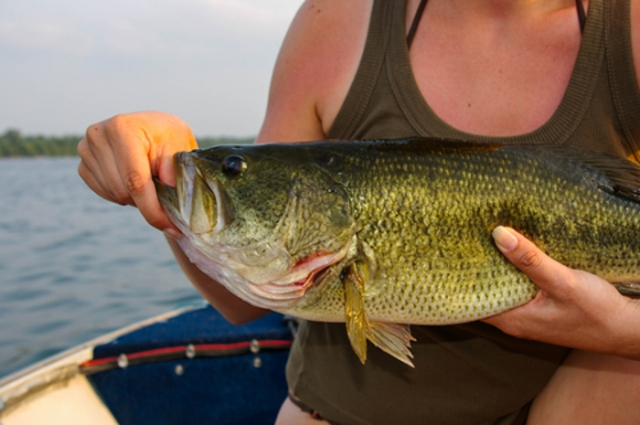
-
Striped Bass
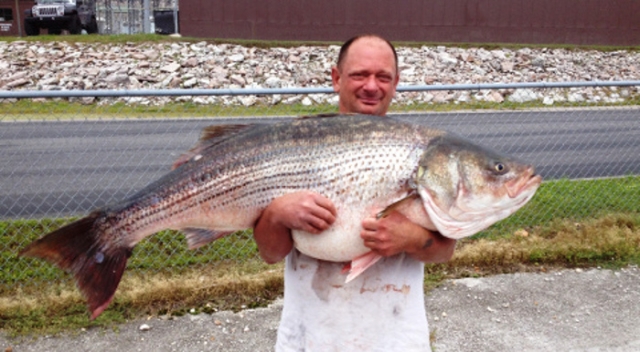
-
Fishing Files

-
Smallmouth Bass
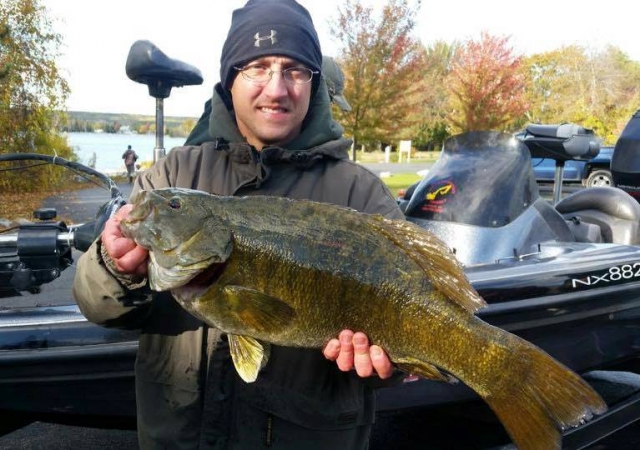
-
Fishing Files
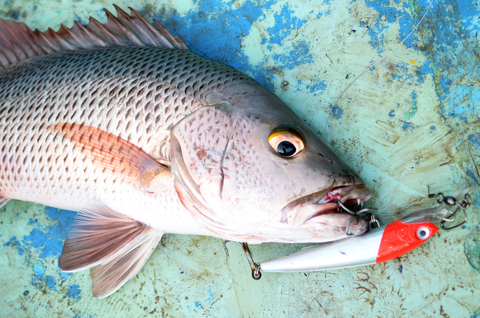
-
Fishing Files
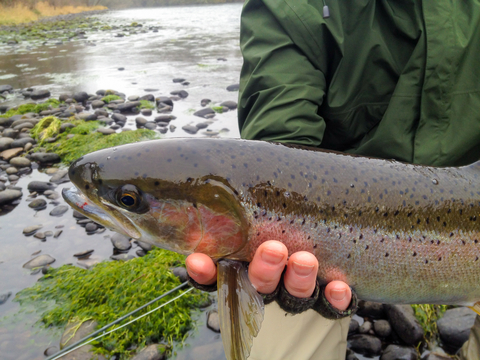
-
Largemouth Bass
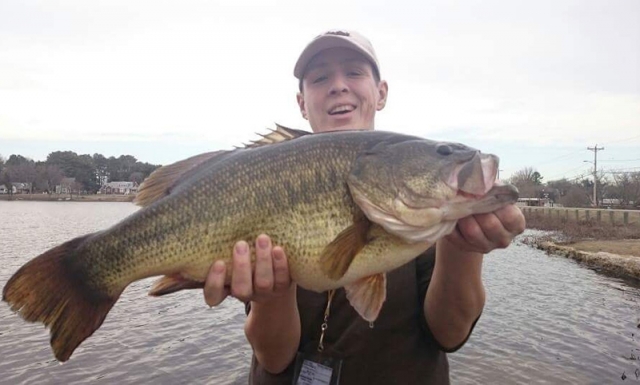
-
Fish fail in Russia
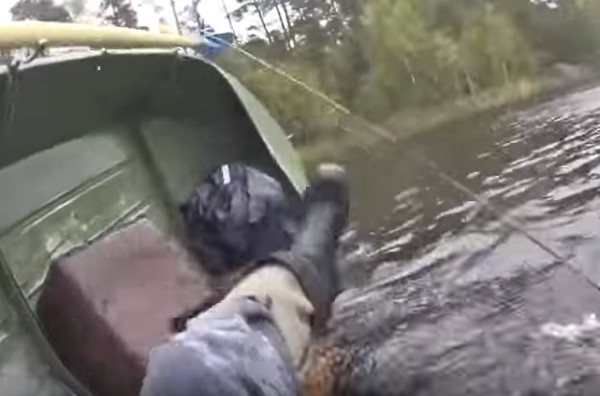
-
Bait fish
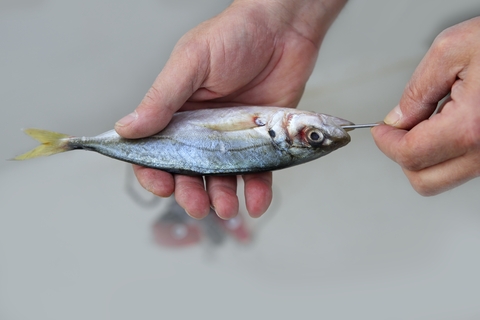
-
Fishing the weeds
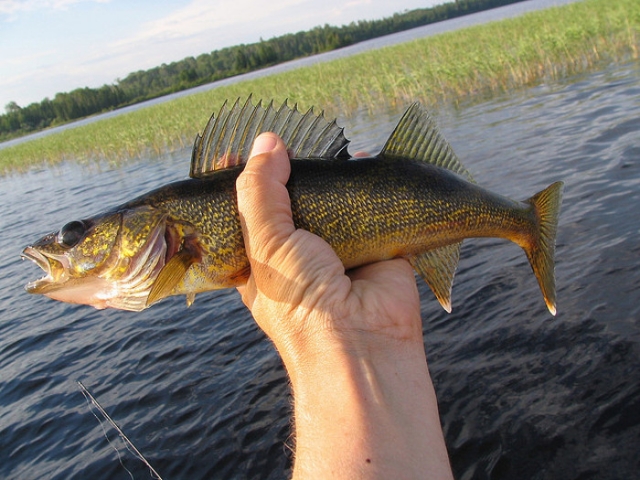
-
Fishing Waders
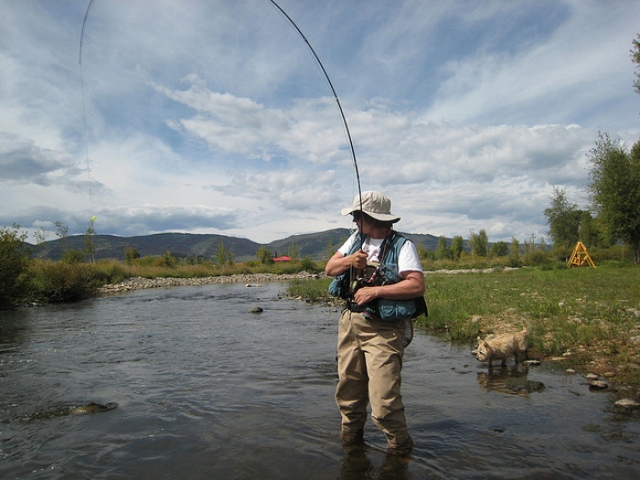
-
Old Man Fishing
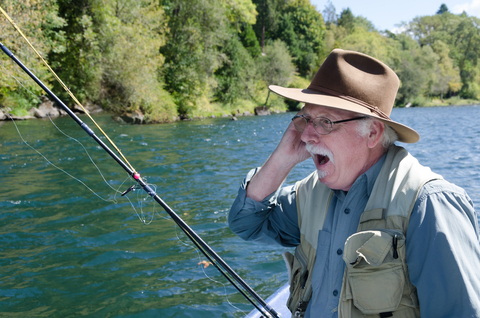
-
Fishing
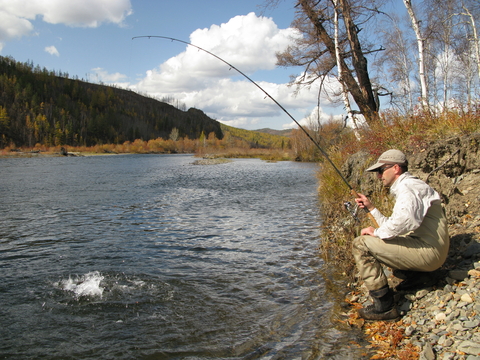
-
City Fishing

-
Fishing the cold

-
Fishing sunset

-
Bank fishing
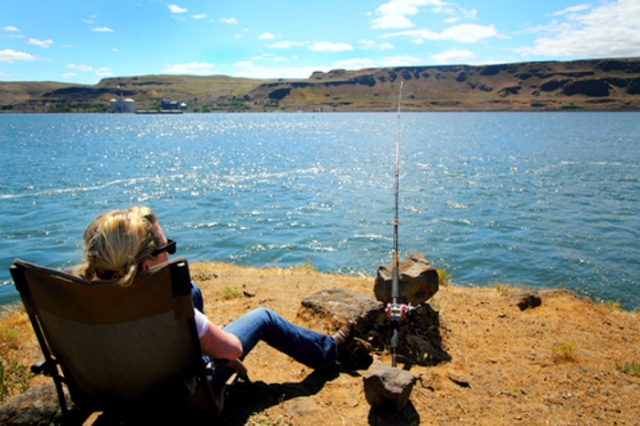
-
Day glow fishing boat

-
Fishing Pro
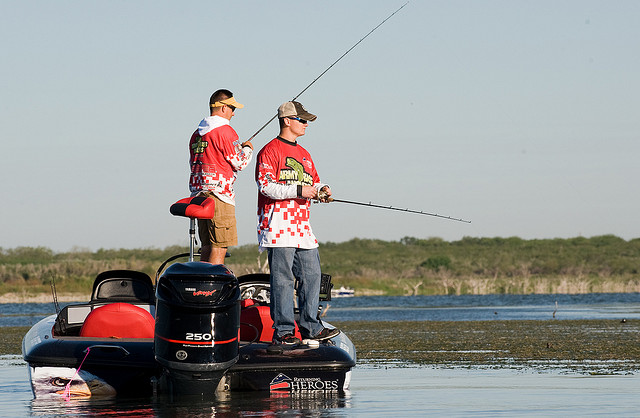
-
Fishing
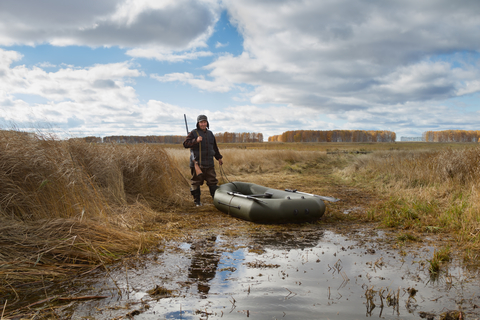
-
Fly fishing
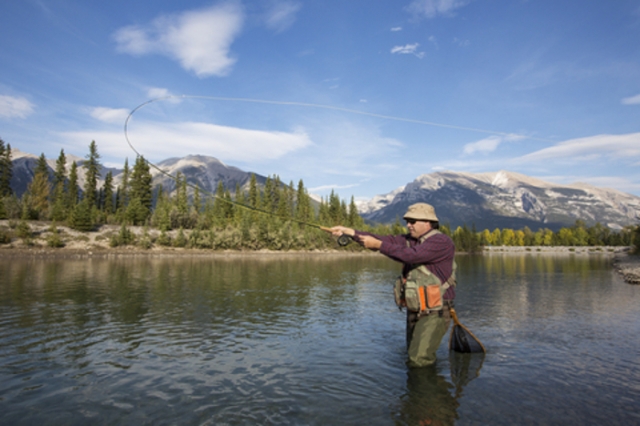
-
Fishing Files
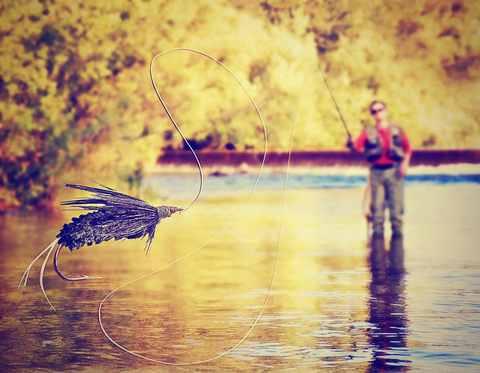
-
Fishing Files
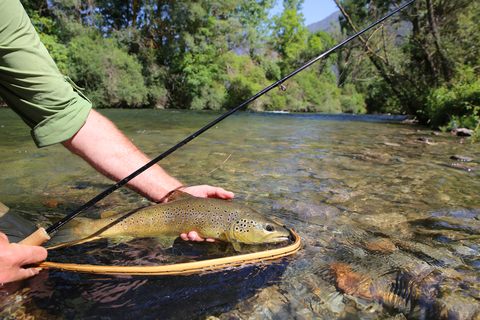
-
Fly reel
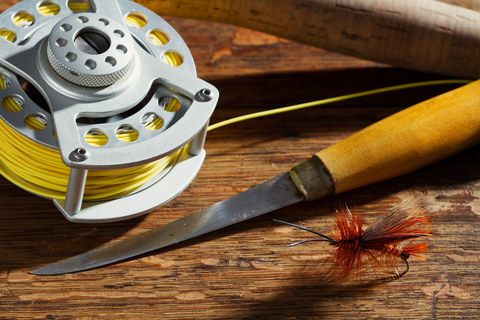
-
Gar Fish

-
Golden Trout
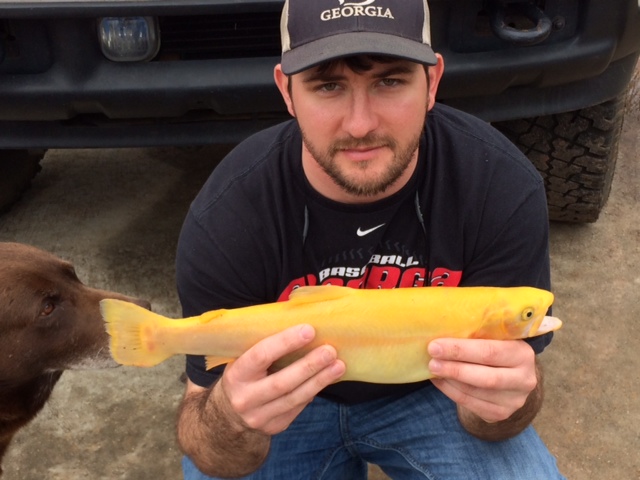
-
Ice Auger

-
Ice Fishing
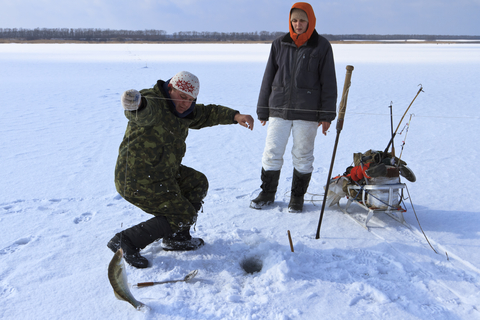
-
Halibut
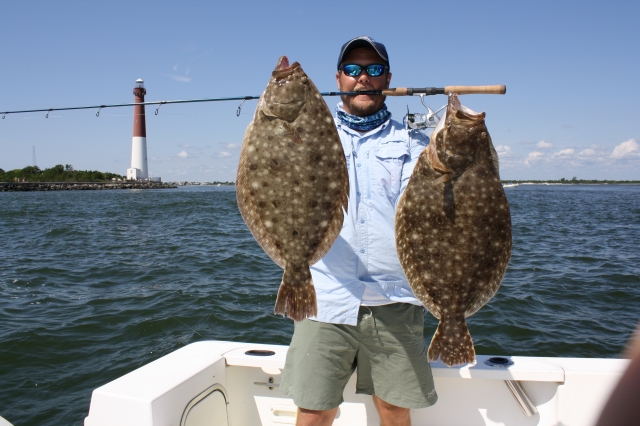
-
Bass Fish
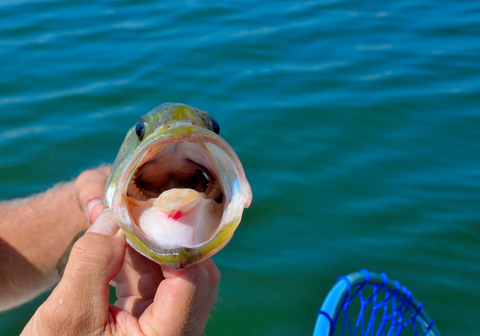
-
Lobster Dog
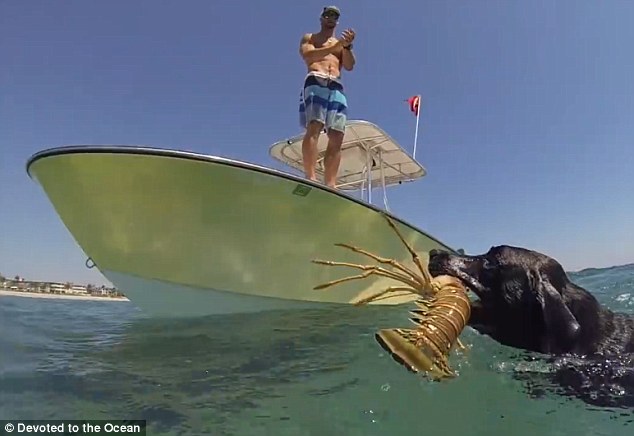
-
Marlin Fishing
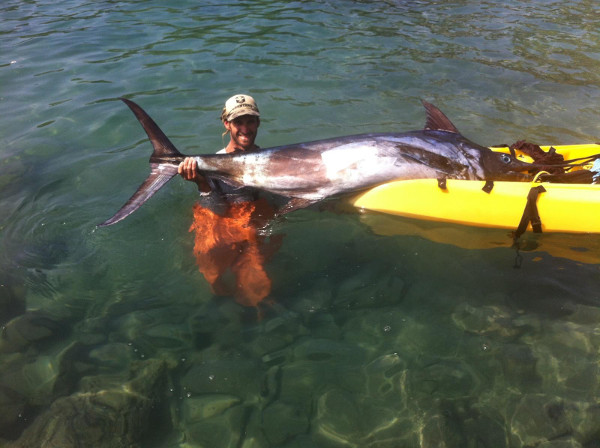
-
Muskie
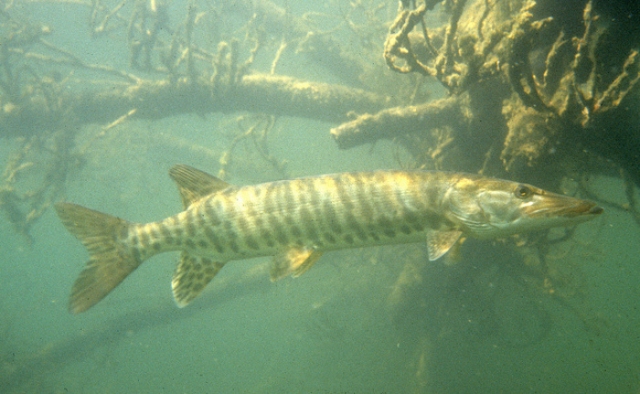
-
Fishing Files
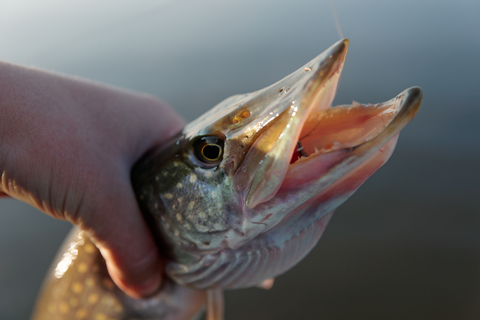
-
Nymph

-
Oarfish
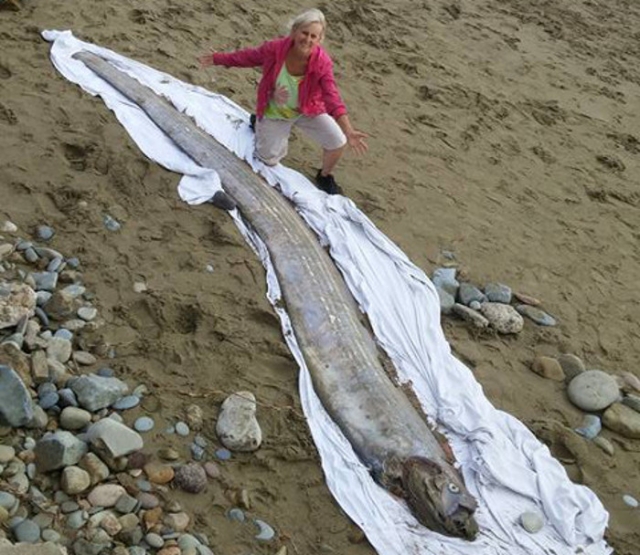
-
Obama Fishing

-
Panfish
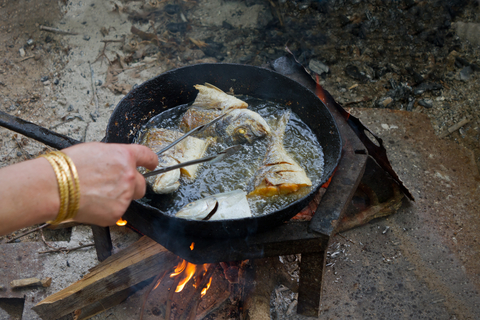
-
Pelican

-
Fishing Files
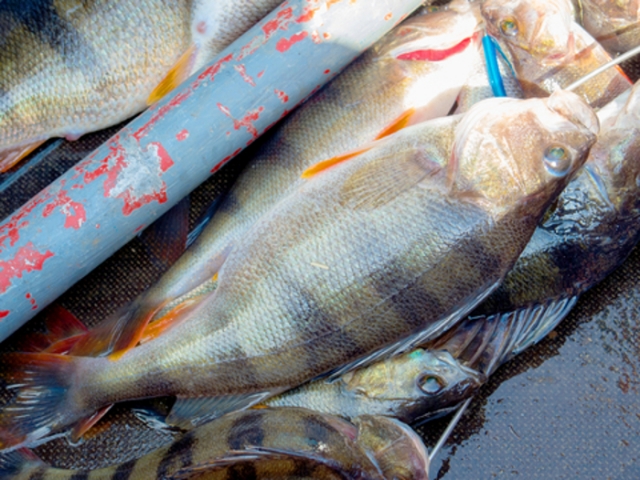
-
Fishing Files
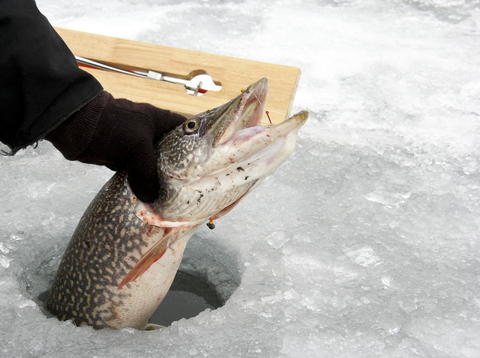
-
Fishing Files
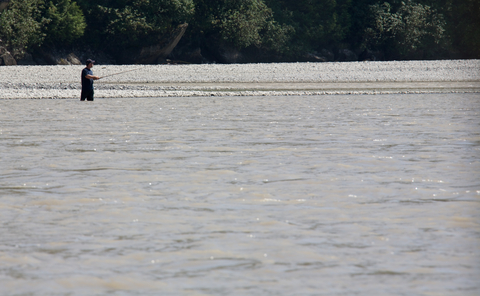
-
Fishing Files
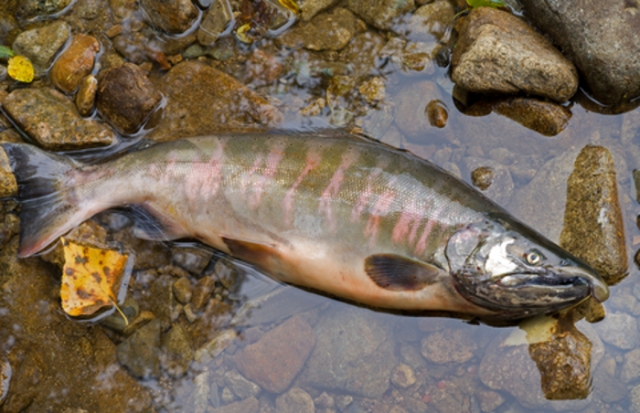
-
Fishing Files
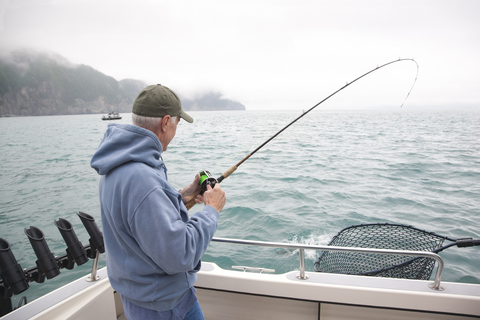
-
Fishing Files
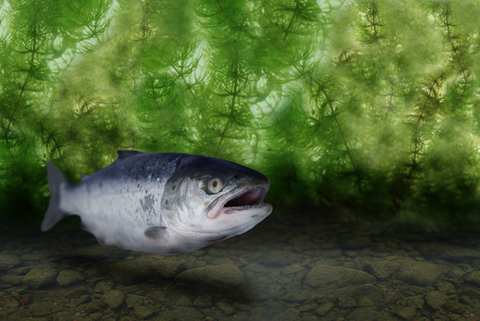
-
Fishing Files

-
Fishing Files
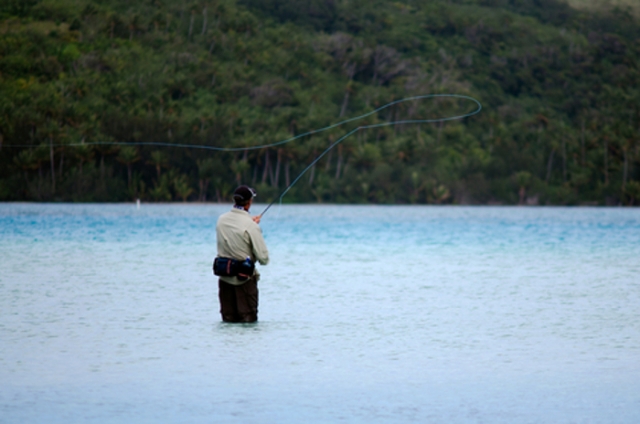
-
Fishing Files
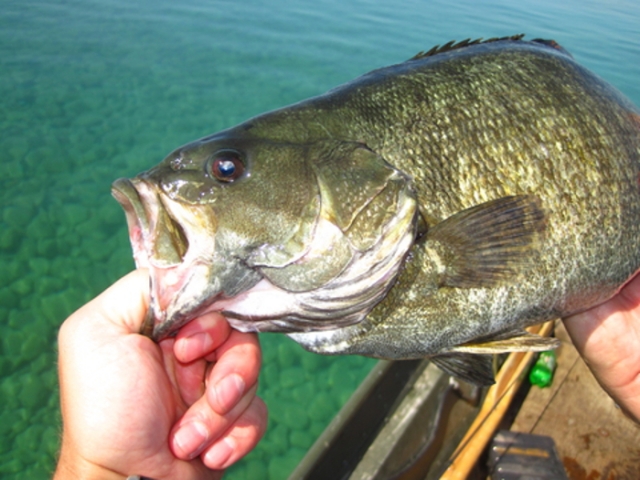
-
Snakehead
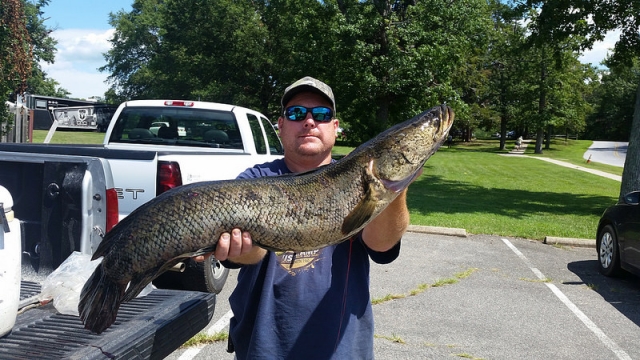
-
Spinner Shark
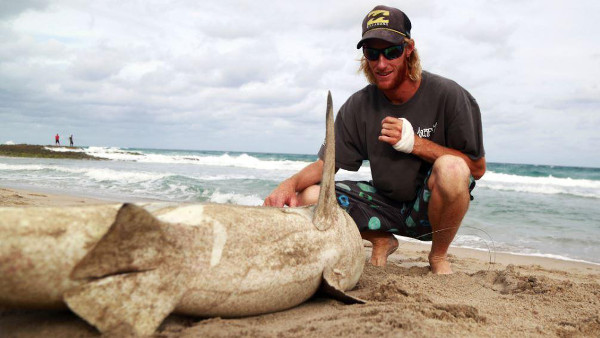
-
Spotted Bass
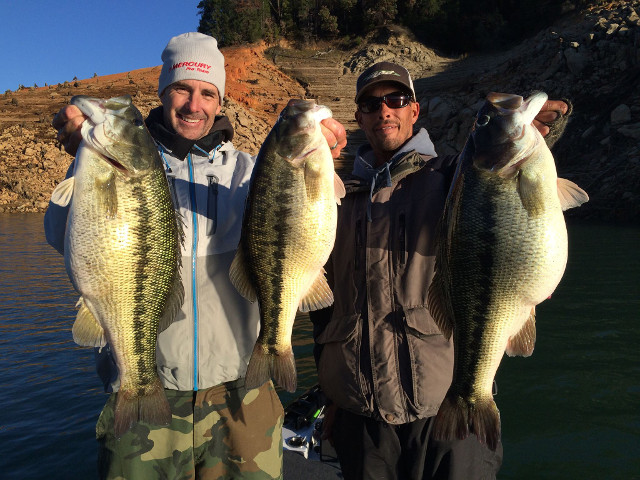
-
Striped Bass
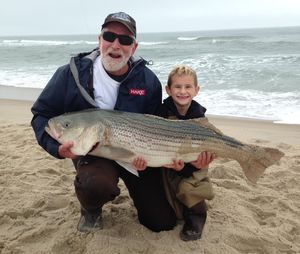
-
Sturgeon

-
Fishing Files
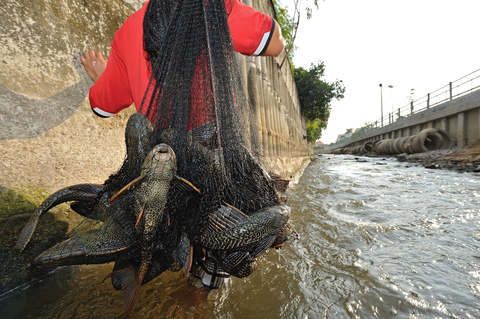
-
Trout Fishing
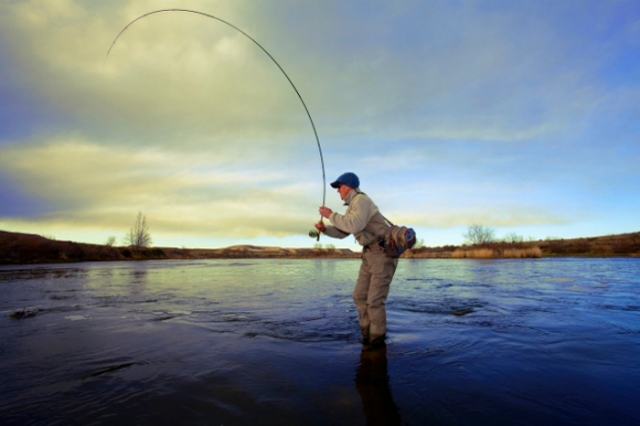
-
Fishing Files
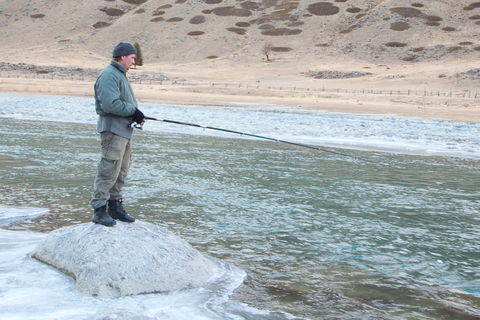
-
Fishing Files
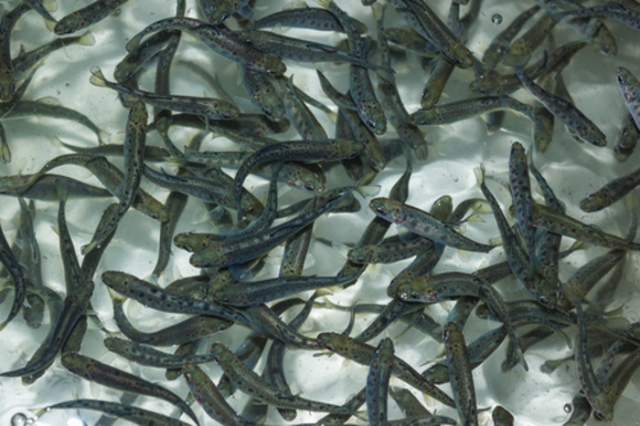
-
Fishing Files

-
Fishing Files

-
Northern Pike

-
School of Karanteen
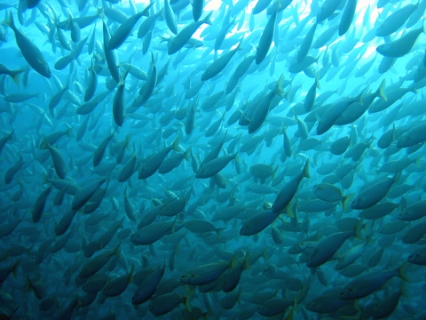
-
Walleye
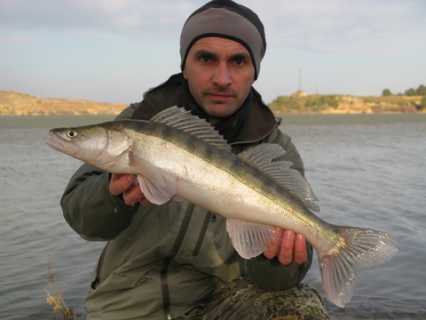
-
Goliath Grouper

-
Barracuda

-
European Chub
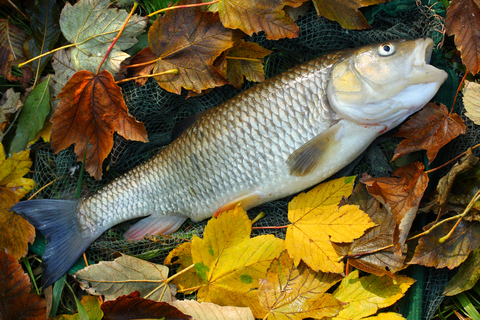
-
Drum Fish
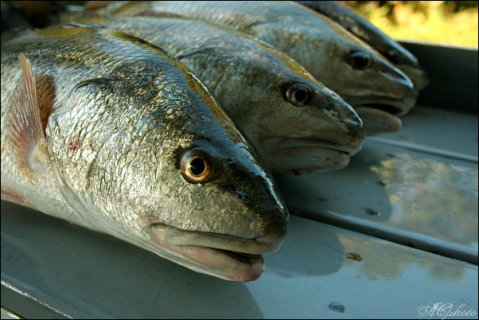
-
Grouper
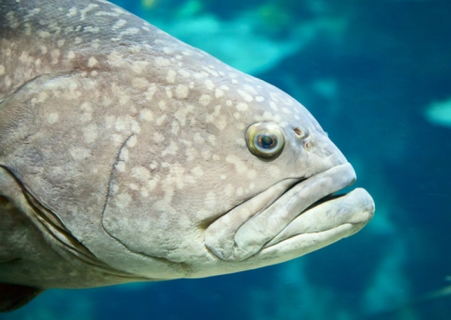
-
Blue Catfish

-
Catfish
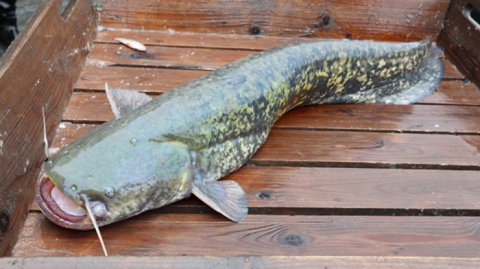
-
Star Puffer Fish
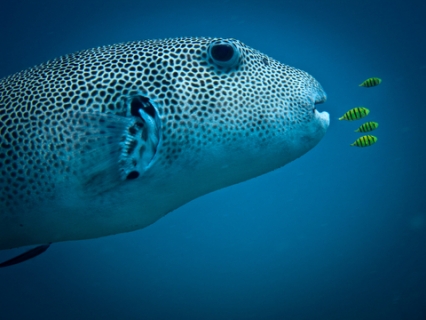
-
Napoleon Fish

-
Smoked Trout
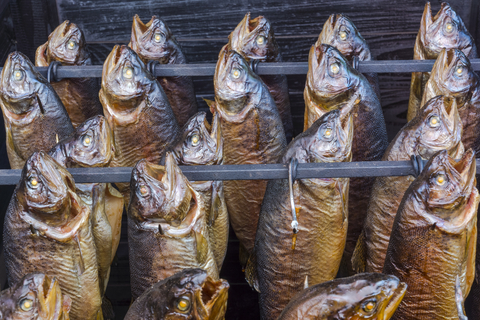
-
Perch

-
Smallmouth Bass
